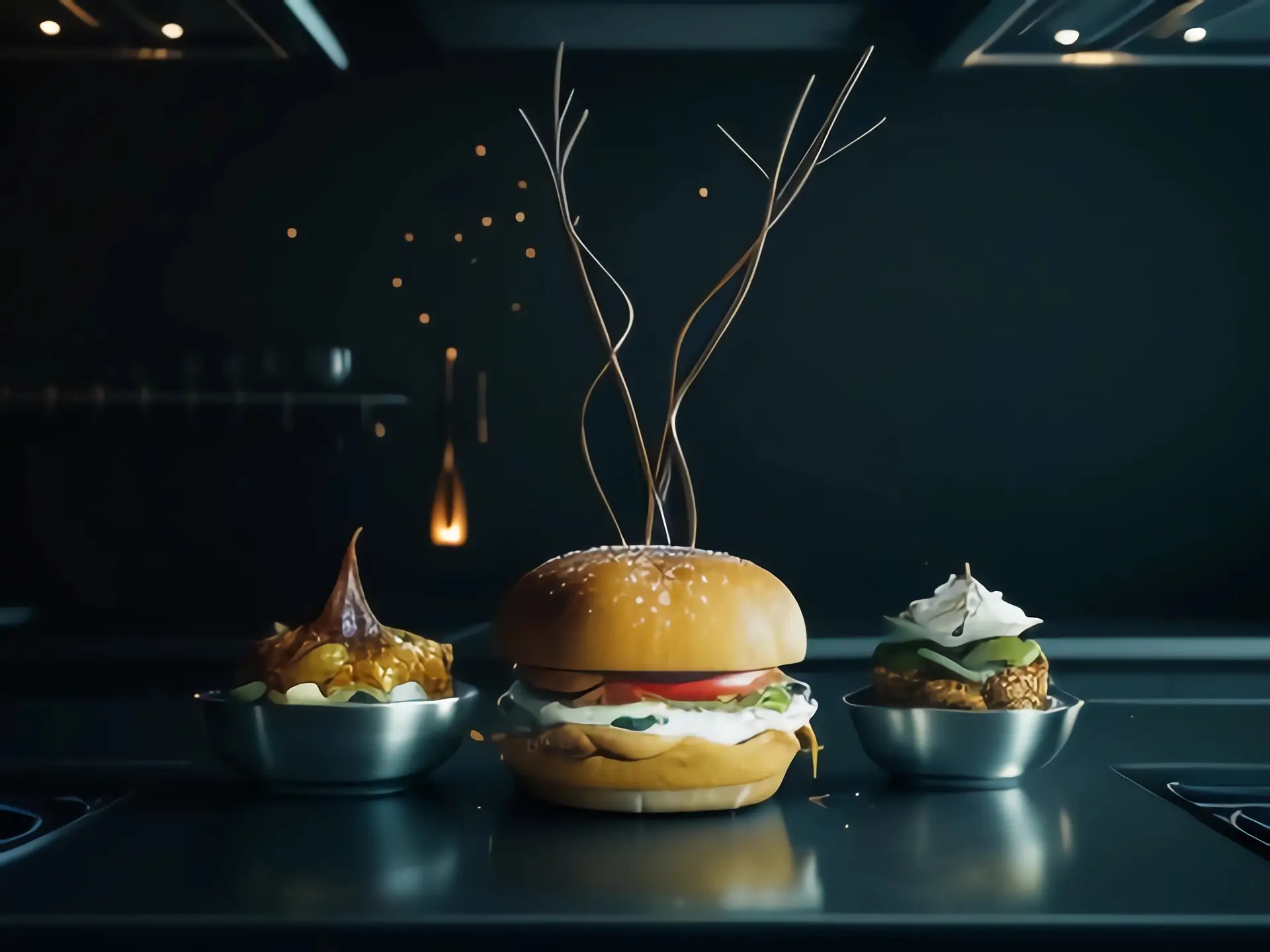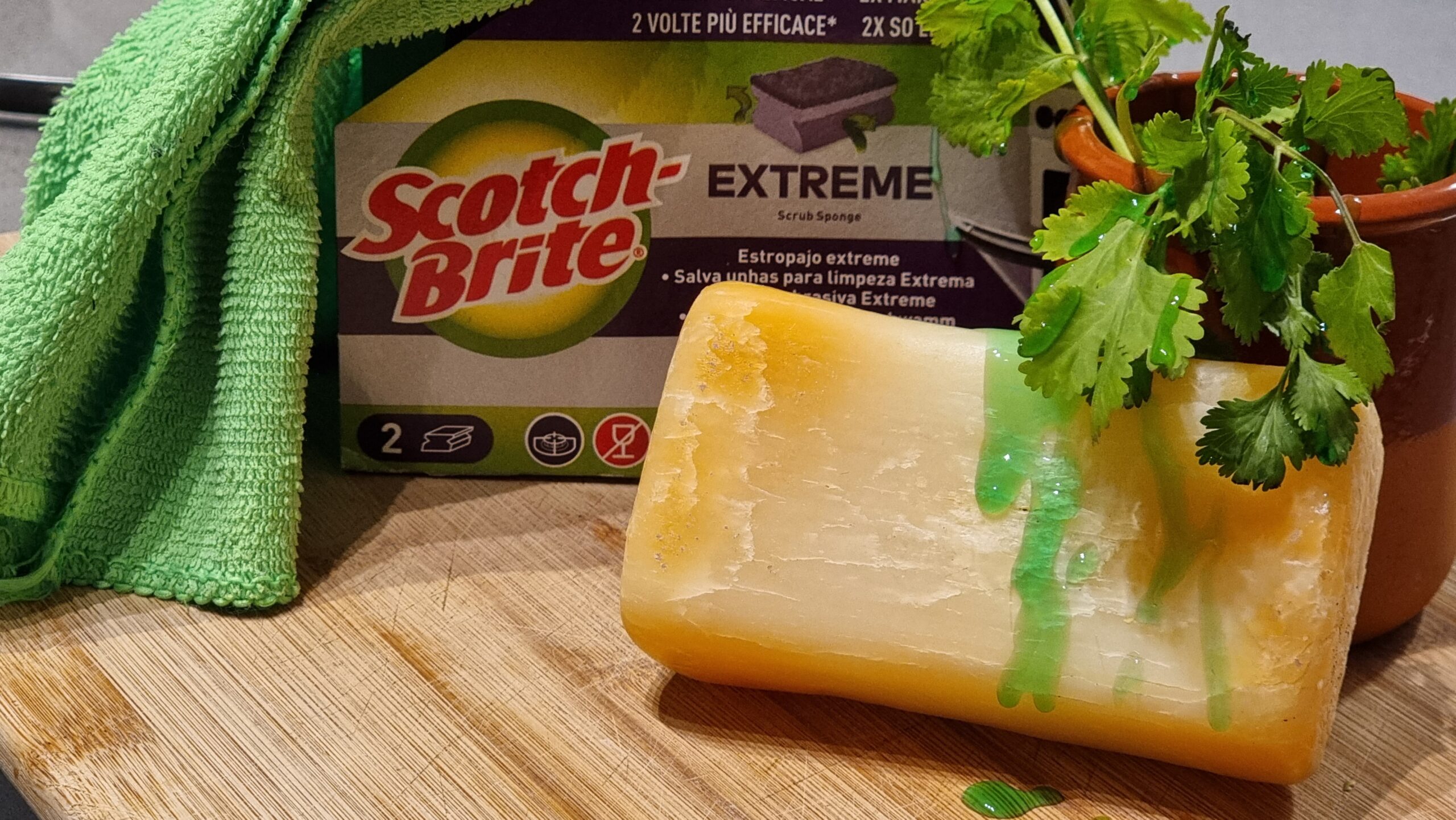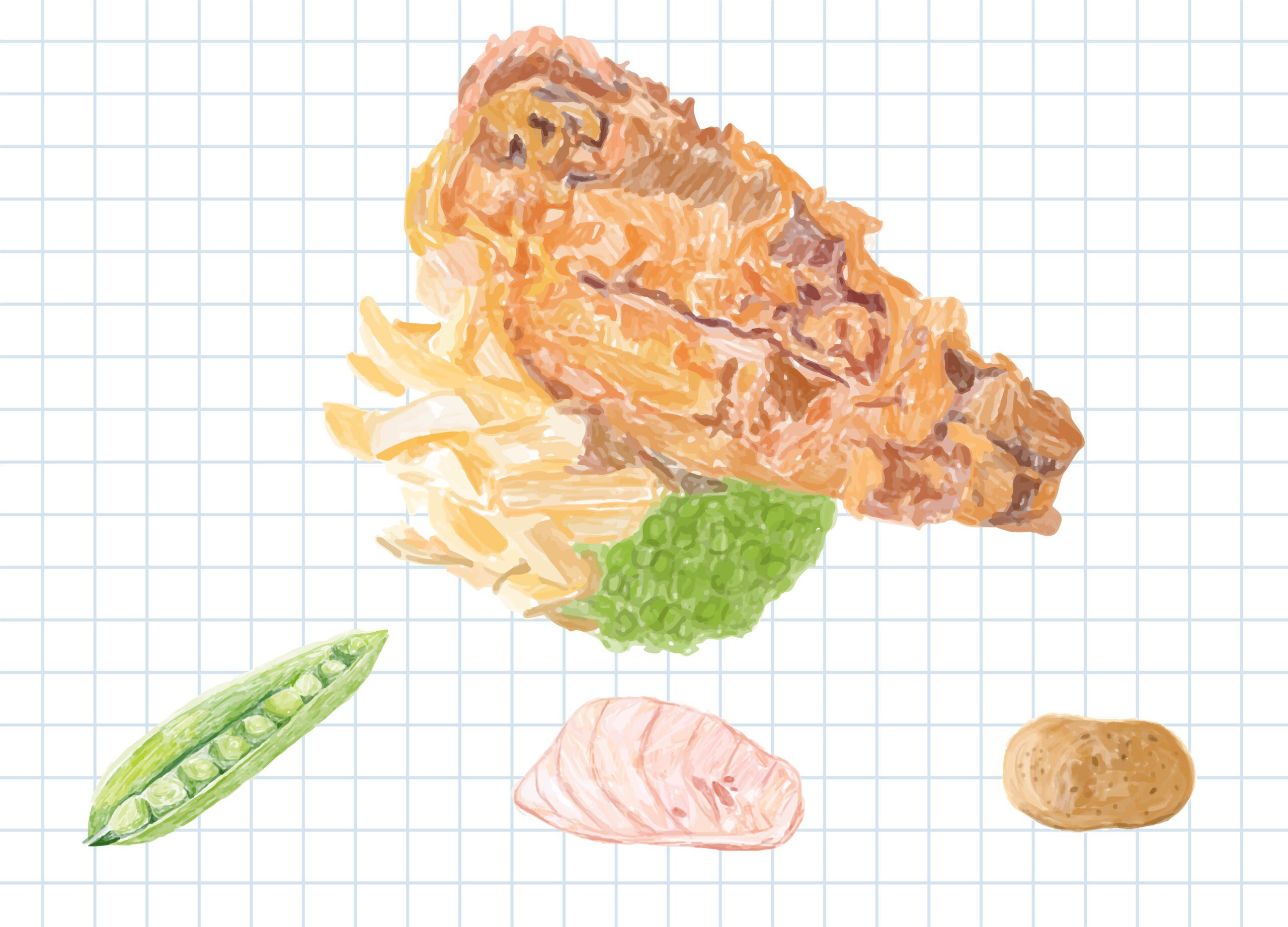Cooking is all fun and games until it’s time to cut the onions.
It can be a bit of a challenge to stop your eyes from watering like it’s monsoon time. There are all kinds of strategies- keeping the onions in the fridge, putting them under tap water before cutting them, and even wearing diving goggles might help. But, why all the drama? It is nothing else but a to do or die move.
In 2002, Japanese scientists discovered that the reason why we tear up while cutting onions is actually based on a two-stepped process. When cutting onions, especially if the knife hasn’t been properly prepared or sharpened, the cell membranes break down, letting all the substances inside of them fly free (many of them identified as volatile compounds). Some of them are pungent compounds, which means that they trigger a number of irritant reactions when they come into contact with the mucus glands or the eyes
The main compound present in these cells is trans–S-1-propenyl-L-cysteine sulfoxide (PRENCSO), an odorless molecule that interacts with another enzyme, called alliinase (EC 4.4.1.4), which is present on the surface of Allium species (onion (Allium cepa L.), leek (Allium porrum L.), garlic (Allium sativum L.) and chive (Allium schoenoprasum L.)). The enzyme’s work is to accelerate chemical reactions, like breaking down proteins, carbohydrates, and fats into smaller molecules and each enzyme catalyzes (breaks) a specific molecule. This specificity is the most outstanding property of enzymes. It refers to the fact that each enzyme catalyzes only one type of reaction, acting on a single substrate (For example; the enzyme amylase is responsible for breaking down complex carbohydrates into easier to absorb simple sugars, so that if it is added to other substrates, such as fat, it will not perform its catalytic activity).
PRENSCO, when in contact with alliinase, is catalyzed (broken down) into other compounds, such as: pyruvate, ammonia, and propanethial-S-oxide (propanethial) (Figure 1). The last one is a volatile molecule (gas) that acts as a tear agent responsible for eye irritations, also called the lachrymatory factor synthase (LFS). This happens because propanethial also decomposes to other compounds called propanal, sulfuric acid, and hydrogen sulfide, when in contact with water (H₂O) or eye humidity (Figure 2). So when you run the onion under water before cutting it into smaller pieces, you are essentially breaking the propanethial with the tap water, instead with the water present on your eyes, preventing you from producing tears. Another way to stop yourself from crying could be disabling the alliinase enzyme by heating up the onions before cutting, this will denature the alliinase, making it impossible to work.

Figure 1. Catalysis of S-1-propenyl-L-cysteine sulfoxide through alliinase.

Figure 2. Catalysis of propanethial-S-oxide through water contact.
Among the compounds derived from the propanethial catalysis, sulfuric acid is particularly strong, making it also the main compound responsible for stimulating the ophthalmic nerve (trigeminal nerve) that sets off a reflex tear production stimulus in the lacrimal gland (Figure 3), similar to when a small particle gets inside of your eye and it starts watering in order to expel the intruder particle.
It’s amazing how something as small as a couple of particles interacting with each other can lead to something so annoying.

Figure 3. Onion tears, photo by Rose-Lynn Fisher, courtesy of the artist and Craig Krull Gallery, Santa Monica, CA.
So, what is the real purpose of propanethial? What is the reason behind inducing such a reaction? In conclusion, the work of the propanethial would be akin to a guardian protecting a sweet treasure. It is part of a survival strategy. Plants are characterised by being sessile organisms, unable to move, and as such they have developed throughout evolution different strategies to avoid being eaten. Such a pity for them that a little bit of tears do not stop us from enjoying such delicious delicacies.
References:
Imai, S., Tsuge, N., Tomotake, M. et al. An onion enzyme that makes the eyes water. Nature 419, 685 (2002). https://doi.org/10.1038/419685a
Kato, M., Masamura, N., Shono, J. et al. Production and characterization of tearless and non-pungent onion. Sci Rep 6, 23779 (2016). https://doi.org/10.1038/srep23779







